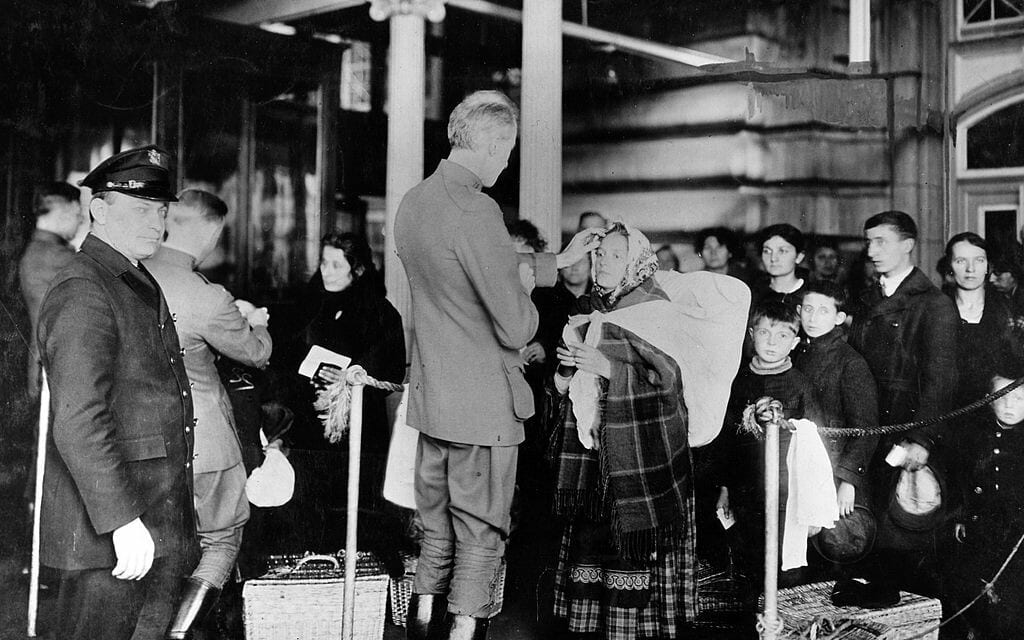In the late 1800s and early 1900s, hundreds of immigrants crossed the Atlantic Ocean on ships to the United States to begin a new life. After days or weeks of rolling ocean waves, they were greeted in New York Harbor by two iconic sights; the majestic Statue of Liberty, and the French Renaissance style main building of Ellis Island.
For first- and second-class passengers, Ellis Island was just another building in the New York skyline. For third class passengers, it was the gate to their future, one they had no guarantee of passing. Most immigrants spent only a few hours at Ellis Island, undergoing routine inspection. Others called it ‘home’ for much longer as they sorted out paperwork or health issues. The worst-case scenario was deported back to where they came from – a fate that would undo all their hopes and hard work to get to America.
Ellis Island’s Impact

When the United States federal government took over immigration processing from individual states in the late 1800s, they sent immigrants to the new immigration processing station at Ellis Island. The facility processed more than 12 million immigrants during its run from 1892 to 1954, roughly 75% of all immigrants coming to the United States at this time. The National Park Service says about 40% of the United States population had an ancestor who went through Ellis Island.
During its peak years, from 1900 to 1914, immigrants fled European countries primarily in the south and eastern regions, areas fraught with religious persecution, famine, and political strife. They came to the United States for a new life and opportunities in the United States. This was their first stop, the gateway to their dreams of safety and prosperity – or a shattering rejection and return to their old existence.

